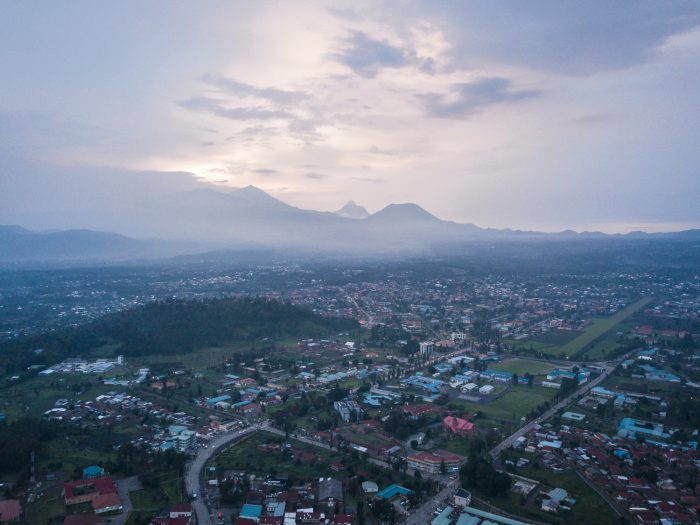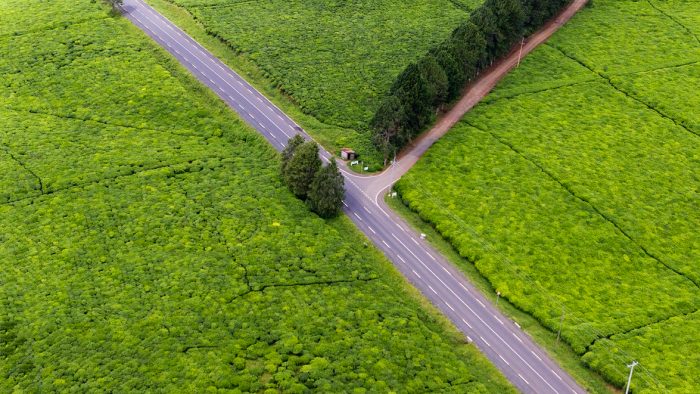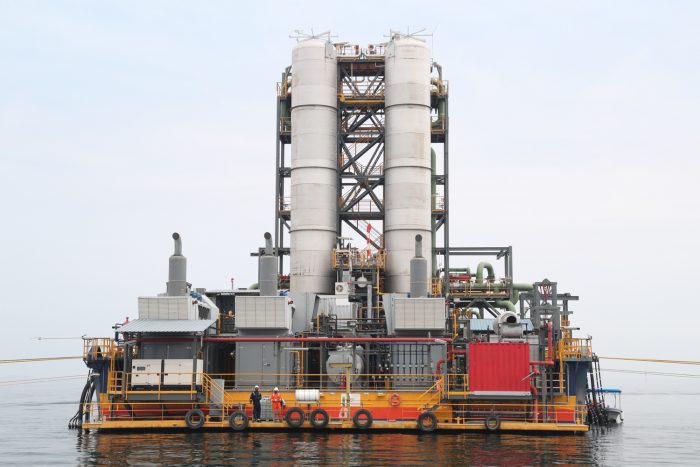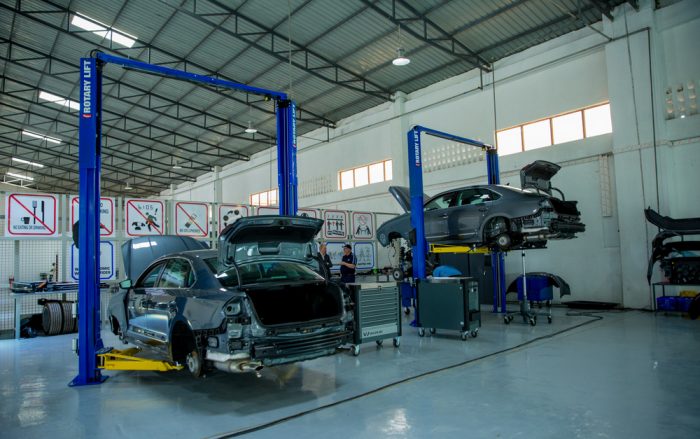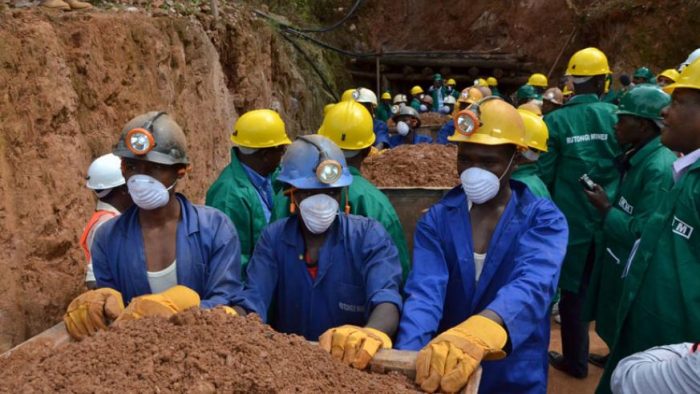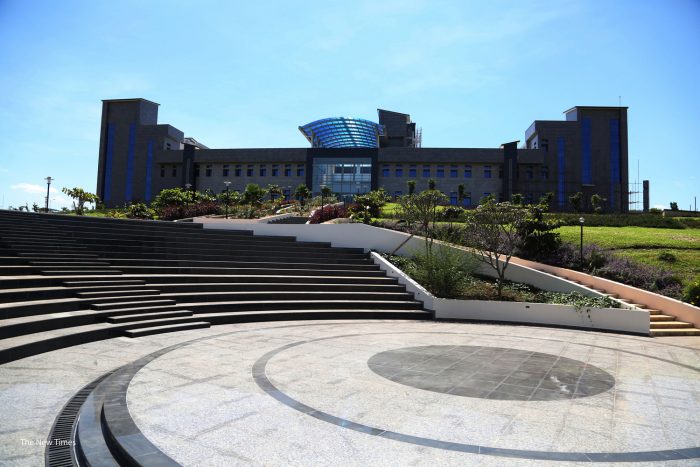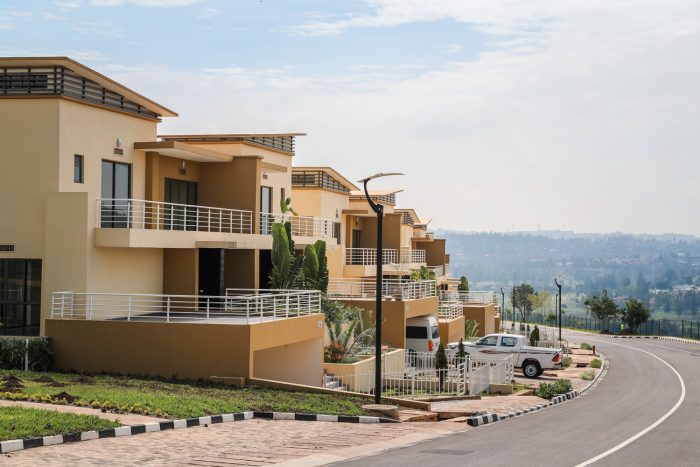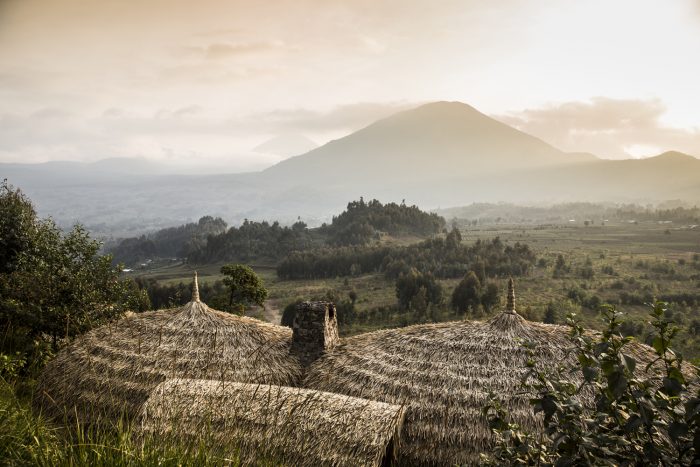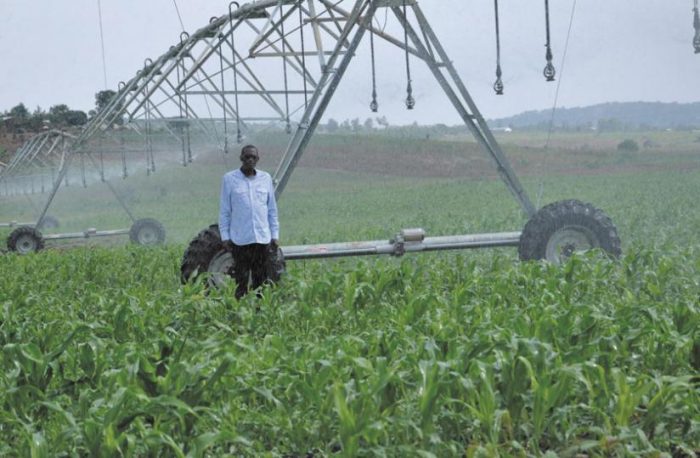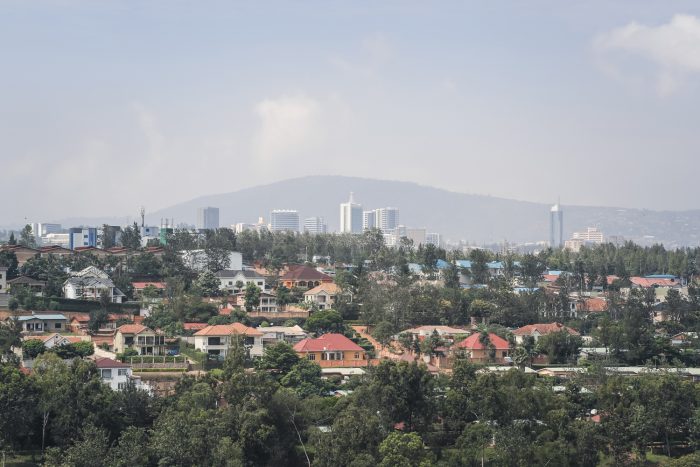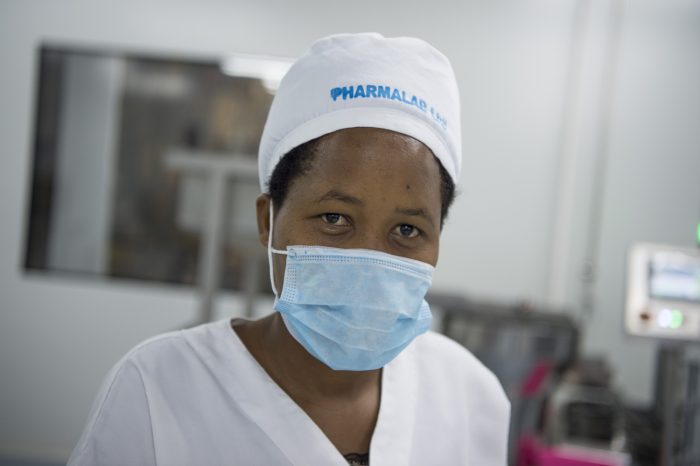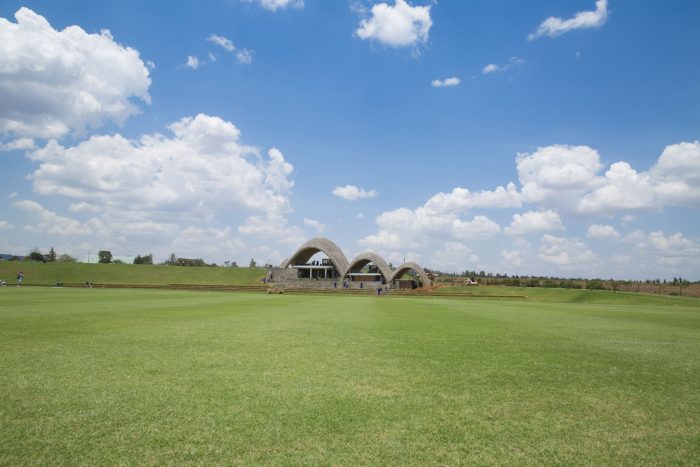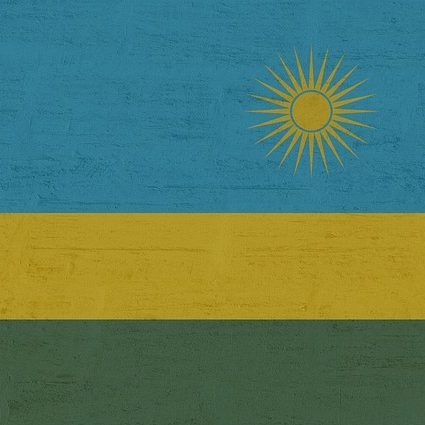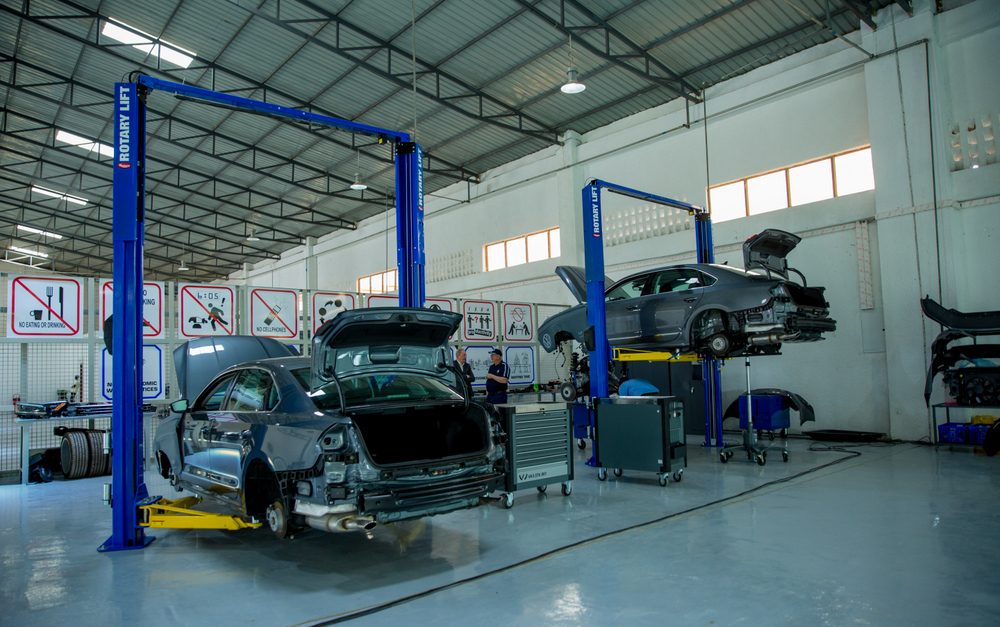Overview
The manufacturing sector contributed 9.9% to the GDP with CAGR of 21.5% for the period 2018-2022 (Source: NISR Statistical yearbook). The sector is still small, but it has been growing steadily. Since the adoption of the National Industrial Policy in 2011, several critical policy interventions and strategies have been developed such as Made in Rwanda policy, Entrepreneurship Development Policy (EDP), SEZ policy, the Domestic Market Recapturing Strategy (DMRS), the National Export Strategy, SMEs strategy, the National Export Strategy and Cross Border trade strategy.
Rwanda has preferential access to several international markets through the WTO’s special and differential treatment provisions.
Light manufacturing
- Leather value chain
- Pharmaceuticals
- Automotive
- Packaging materials (+container glass)
- Consumer Products
- E-Mobility
- Garments
- Wood products
- Recycling
- Electronics
- + many more sectors
Construction Materials
- Float Glass, Ceramics, Metals, Wood products, Natural construction materials, Plastics, Paints, + many more sectors
Two main benefits incentivize local production over import
Public procurement policy
- Government of Rwanda procurement covers ~12% of GDP
- “Made in Rwanda” policy allows for a benefit in public procurements when local value addition >30%
- Bids meeting this criterion get a 15% preference over other bids
- Smaller tenders (<10 mio and <100 mio RWF for services and works respectively) are always reserved for local suppliers
Customs benefits
- When domestic value addition is significantly high (30% value addition), import duties levied are lowered:
- 0% for raw materials
- 10% for intermediate products
- 25% for finished products
- This applies to imports from all countries outside the East-African Custom Union
Please refer to the following link below for more information on incentives:
Highly-serviced land offering incentives & subsidies
Expedited and serviced land
- Phase I – 98 ha
- Phase II – 178 ha
- Phase III – ~153 ha (in plan)
- Roads, water, elec…
Incentives and subsidies
- Subsidized plot rate
- 30% down payment
- 2 year grace period with 10% int. (PII = 1 year with 15% int.)
Export Processing Zone status(EPZ) export >80% outside EAC
- EAC EPZ status and benefits
- No import duty on inputs & equipment
- Free trade conditions
- Min. govt. processes
Key services offered in the SEZs to a variety of industries & companies
- Power (Preferential electricity tariff structure for industrial companies), water and sanitation
- ICT infrastructure like fiber optic plus wires networks 4G and 3G
- Onsite and offsite roads links to airports and main roads
- Firefighting network
- Sewage network
- Security
For any further details/information you may require, please contact:
NIKUZE Alice
Email: alice.nikuze@rdb.rw
Telephone: +250 788896510

